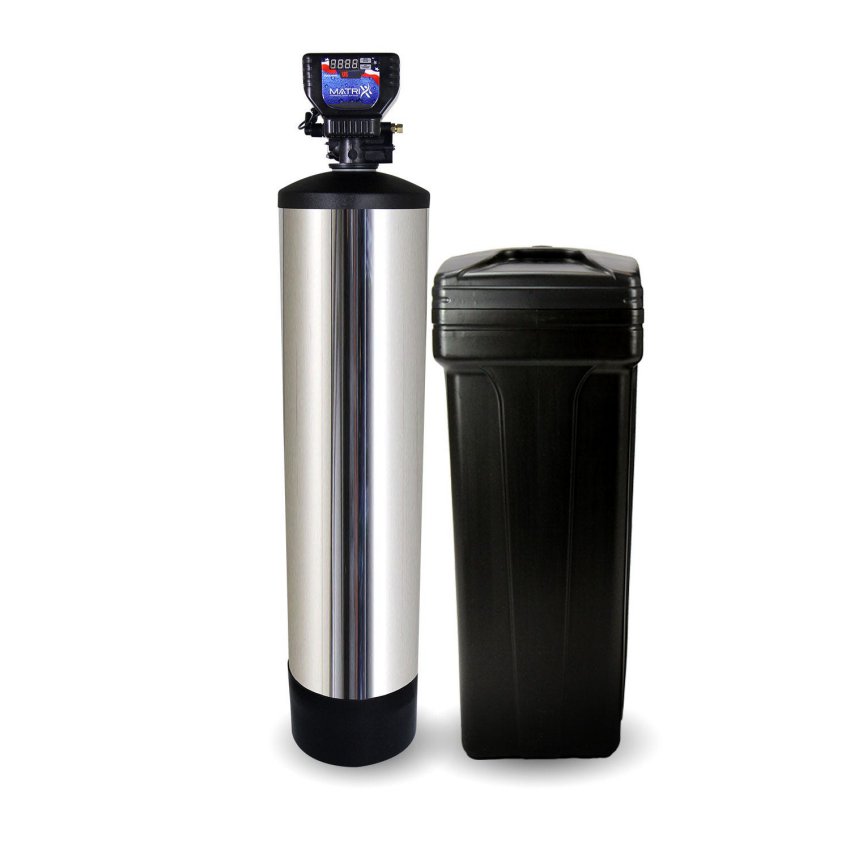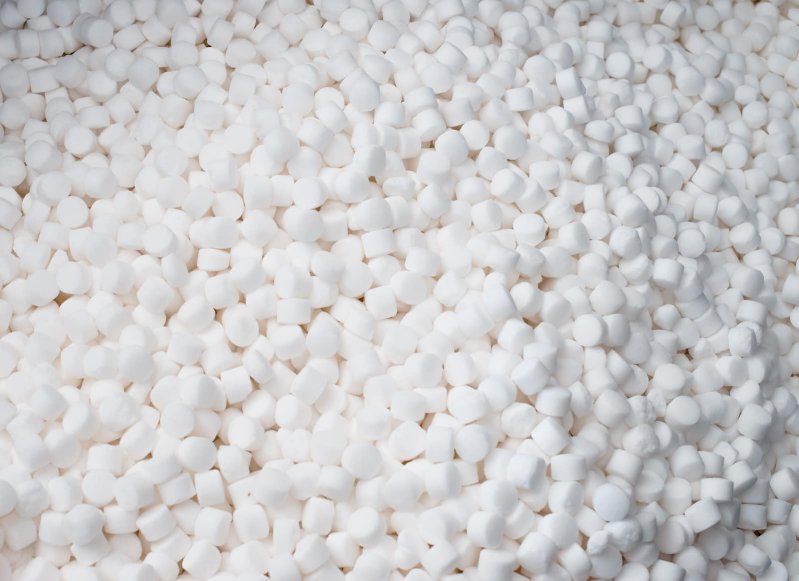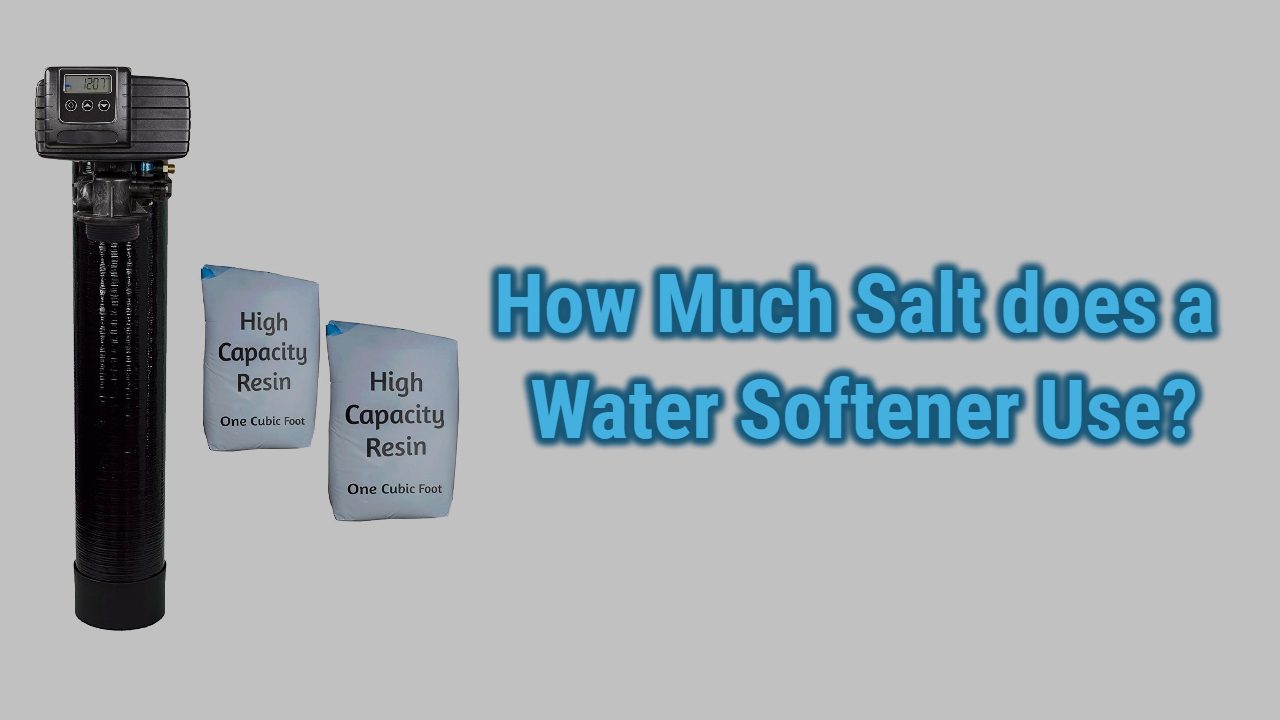Hard water is a problem for all of us. It is found that water with high minerals content, also known as hard water, gives a lot of issues ranging from scaling of pipes, roughness in skin and eyes to not fit for drinking purposes. People across the world have been facing dirty water and hard water problems for a long time.
And the most common solution to this problem is using a water softener to soften the water. This is the most widespread method used to tackle the issue of hard water. It is widely used in the United States and surrounding nations.
However, it is also important for families and households to know how much water they use; tracking this lets them know how much water is utilized, how much water is generated and the pressure on the motor, and how much electricity the machine is consuming. For example, a water softener uses electricity, as well as discharges wastewater.
Tracking these parameters can be a good way to know the working condition of the water softener or any other filters.
We all are also aware that in order to get our water to soften, it should be free of calcium and magnesium. These two minerals constitute the majority of the hardness, making the water unfit for use. This is the reason to recommend getting a resin bed water softener.
In this article, we will talk all about how much water does water softener use, how it generates and discharges water, and so forth. At the end of this article, we expect you to have a brief idea of the water softener and its water utilization process.
Table of Contents
How Much Water does a Softener Use?

Water Softening generally requires two methods. Either the dual-tank brine method or the single-tank method. In the dual-tank method, fewer gallons of water is used as compared to the single-tank method. In a dual tank method, two tanks are used to regenerate water.
While one tank of water is used for regeneration, the other is kept filled with water. When regeneration of water is taking place, we cannot use the water at that particular time.
On average, for a 4 member family, over 1000+ gallons of water is used. In the regeneration process, wastewater or saltwater (brine) is discharged, known as backlash washing. It takes about 10 minutes to flush out water. So about 30-50 gallons of water is wasted or drained out.
And a softener can regenerate gallons and gallons of water according to each person’s need. However, in the dual-tank method, less brine water is wasted. Because while one tank is using regeneration, the other supplies the water. So both the tanks are used for this purpose; when one tank completes regeneration, water can be used.
Also, to exactly measure the amount of water regenerated and wasted, this process should be repeated every week or twice a week, and the softener should be up to date and in smooth working condition.
The single-tank regeneration process takes a lot more water than a dual-tank method. It is said that a single tank used for generation discharges brine water ranging from 100-150 gallons, which is much higher than the dual system.
Since the whole pressure is in a single tank, the softener takes time to regenerate, then wastewater is discharged, and the soft water is used. A single tank wastes a lot of brine water and puts more pressure on your softener machine. It is not recommended to use a single tank water softener.
We should note that water shouldn’t be used when recharging or regeneration of water is taking place. And also, this process should be done only at a time where water is not used. And regeneration and use of water will also depend on the hardness of the water.
If the water is very hard, then it will require more water and power to do so. And will also depend on the volume of the system used. The best time is at midnight 1 to 3 am.
Is It Necessary to Regenerate Water on a Daily Basis?
Absolutely not! But if you feel you need to regenerate your water on a daily basis, then there is no harm. But remember, you will need a lot of water and electricity, and the wastage of brine water will be maximum.
So simply put, your cost will shoot up exponentially. A standard regeneration process is 2-3 times a week, or one can even go for once a week. All these processes at the end depend on how and when water is going to be used.
POINTS TO KEEP SOFTENER & REGENERATION PROCESS HEALTHY
- Always use pure salt forms and use them with iron remover.
- Clean the brine tank twice a year; once will also do.
- Clean the resin bed and service the control valve.
- Service your whole system once a year at least to keep the machine healthy and smooth.
How Much Salt Does a Softener Use?

From the above information, it is clear that salt is prime in a water softener. The main function of removing the hardness from the water is primarily done by brine water. So quite a lot of salt is used in this case. Since brine is involved in the whole softening process, the resin bed occupies the brine water, which is further processed.
Soft water is high in salt content, and the taste is also salty. It is said that about 75 mg of salt is present in about 1 liter of water. You will also need to add bags of salt to your water softener to make it function as expected. Also, to avoid the usage of salt, you can use the salt-free water softeners and they will save you a lot of trouble.
On average, 15-18 kgs (40lb) of salt will be needed per month for water softener. (please note that the amount is not exclusive and can vary according to needs and variation of water quality, system, and other parts involved).
Conclusion
After all, what matters the most is having clean and healthy water to drink. No matter how expensive and sophisticated your filter system is, if it isn’t delivering the water you want, you are wasting your time, money, and health. You should always get an efficient and maintenance-free water softener that works like a charm. It should use proper salt levels and give the right water taste and quality.
A water softener does take a lot of water for regeneration, and also, it discards a lot of water through backlashing time. It is said that anywhere between 30-50 gallons of water can be wasted, depending on its generation capacity and resin tank.
And it can regenerate how much water one needs; in a standard case, over 1000+ gallons of water in a day is generated by a water softener. While regenerating, water cannot be used and should have to be waited for the process to finish. Moreover, a dual-tank resin bed should be used rather than a single bed.
Having said all these, we are more vivid about the amount of water a softener uses. We suggest you utilize water judiciously and do not waste water, and avoid unnecessary water wastage. And always drink healthy and nutrient-based water and use soft water for cooking, washing, and other purposes. Save water, save a life, drink healthy, be fit!!
Related Articles:
Best Water Softener For Well Water
How Long Do Water Softeners Last?
Salt Vs Salt-Free Water Softener
